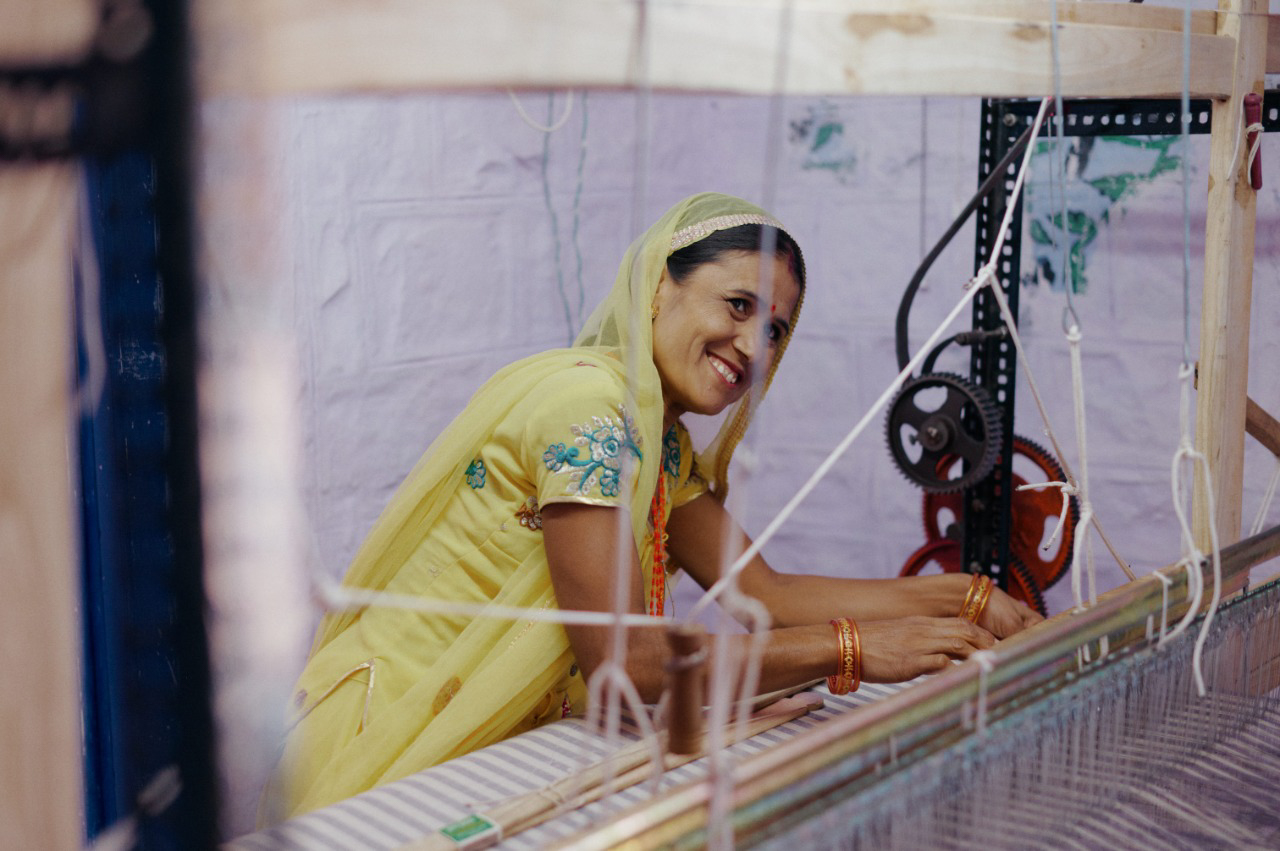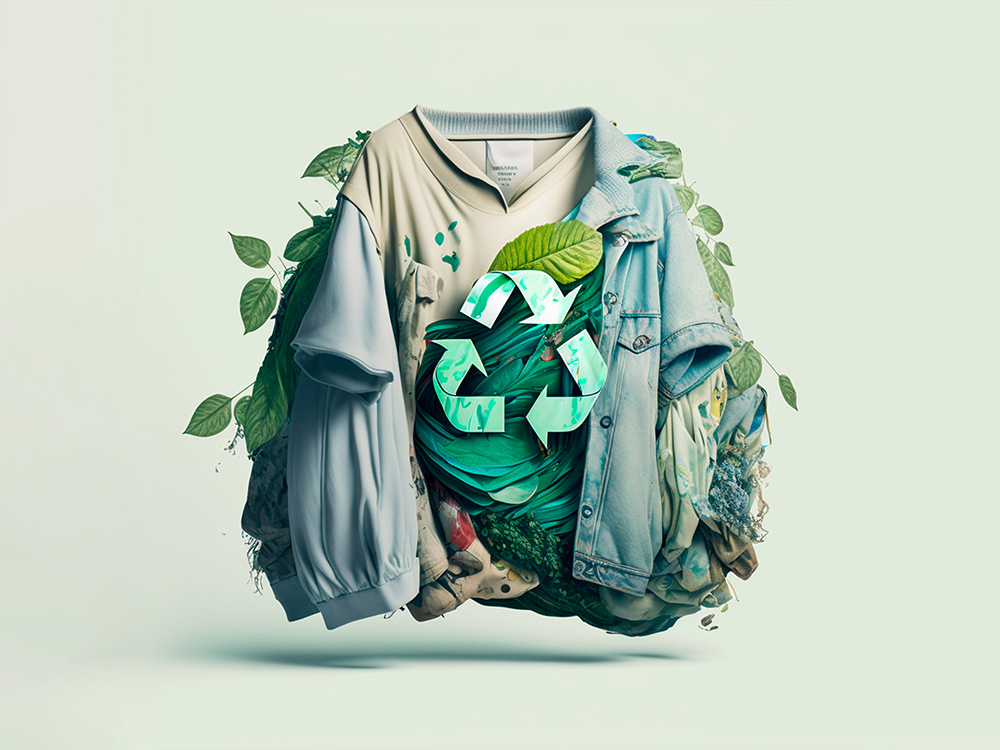I want you to picture this: you stroll through a bustling shopping mall, surrounded by glimmering displays of clothing that assure a sustainable future. Organic fabrics, eco-friendly packaging, and promises of ethical production dance before your eyes.
Have you ever wondered if that’s all too good to be true? Or do you pride yourself on being a conscious consumer making socially and environmentally responsible choices? If so, this blog post is for you!
Only by understanding, can we take action towards defeating the dishonest false promises of today’s fashion industry. Join me as I lift the veil on the fashion industry’s dirty little secret: the truth behind greenwashing.
What is Greenwashing and Why does it Matter
As consumers, we have become increasingly conscious of the impact that our purchases have on the planet. Unfortunately, some companies have caught on to this and use it as a marketing ploy, falsely claiming that their products are eco-friendly or sustainable. This practice, known as greenwashing, is especially prevalent in the fashion industry.
A study conducted by the European Commission in 2020 revealed that 53.3 percent of environmental claims in the EU were vague, misleading, or unsubstantiated.
While some companies are making genuine efforts to reduce their environmental impact, others are simply trying to make a profit off of consumers’ desire for eco-friendly products. And it might not seem like a big deal, but the consequences are far-reaching. One problem is that it leads to misinformed purchase decisions. This can hurt the environment and make people feel too comfortable, which stops important changes from happening.
Moreover, it undermines authentic eco-conscious efforts by businesses that are making a genuine attempt to reduce their environmental impact. As consumers, we must remain vigilant and question the sustainability claims of the products we buy. We can start by taking a look on how to spot greenwashing, but before here are other forms of washing.

Alternative Forms of Greenwashing
Bluewashing refers to companies presenting themselves as socially responsible, while lacking proper internal structures for good working conditions. This misleading practice deceives consumers into believing these companies are more ethical and socially responsible than they actually are.
Femwashing or Pinkwashing is when companies exploit feminist and women’s rights issues to project a feminist image, but do not actually support gender equality. For instance, fashion companies may not pay a living wage to women in their supply chains, but profiteer from campaigns on International Women’s Day.
Greenhushing is the act of companies deliberately concealing or downplaying their climate goals and measures. They are doing this to avoid criticism in case they fail to meet their climate targets and to steer clear of accusations of greenwashing.
Rainbow-Washing happens when companies use LGBTQIA+ symbols and rainbow colors on their products to gain support and trust from the community. They do this through strategic marketing campaigns in order to boost profits, but without making real efforts to support these communities or make significant changes in their internal culture.
Five Steps to Avoid Greenwashing
1. Vague terms and slogans
Watch out for general and ambiguous statements like ‘eco-friendly,’ ‘green,’ or ‘sustainable’ without any specific details or certifications to support them. Genuine environmental claims are usually backed by specific evidence or certifications.
2. Lack of transparency and proof
Companies engaged in genuine environmentally friendly practices often provide detailed information about their sustainability efforts, certifications, and third-party verifications. If a company fails to provide clear information or does not have credible evidence to support its claims, it might be greenwashing.
3. Irrelevance
Be cautious when claims of environmental friendliness are unrelated to the product or service being promoted. For instance, a product marketed as “green” due to its recyclable packaging, but the product itself is harmful to the environment. True environmental claims are relevant to the overall impact of the product or company.
4. Suggestive imagery
Greenwashing can involve the use of imagery or symbols that evoke nature, sustainability, or environmental themes, even if the product or company does not actually align with these values. Visual cues alone are not enough to determine if a product or company is genuinely environmentally friendly.
5. Be aware of disctractions
Some companies may focus on promoting one sustainable aspect of their product while overlooking other environmental issues. For example, a company may use organic cotton but still produce their product in factories that pollute. This practice is referred to as hidden trade-offs.
Helpful Links to Keep in Mind
Interactive Wash Checker: https://greenwash.com/
Eco Label Index: https://www.ecolabelindex.com/ecolabels/
Clean Clothes Campaign: https://cleanclothes.org/

Leading by Example: EU Green Claims Directive
On 22 March 2023, the European Commission has proposed a new Green Claims Directive in an effort to combat greenwashing. This framework aims to establish a standard where companies selling their products in the EU are only allowed to advertise their environmental commitments using dependable, comparable, and verifiable environmental information.
The EU “Green Claims Proposal” aims to make sure that environmental claims are supported by reliable evidence, verified regularly by independent auditors, and made easily available to the public. They also plan to set up a system for comparing products or traders and creating ways to enforce the rules and handle complaints from concerned parties.
Key Aspects of the EU Green Claims Directive
One of the key aspects of the proposal is that the justification and communication of environmental claims and labels must be verified and certified by third parties. The aim is to ensure that every claim consumers are exposed to has been verified as reliable and trustworthy. Moreover, will the environmental labelling schemes be governed by new rules that aim to make them more solid, transparent, and reliable.
All companies selling in Europe are covered by the proposal, except for comapies that have less than ten employees and generate an annual turnover of less than two million euros.
Navigating an Uncertain Future
The Green Claims Proposal is undeniably extensive. Maybe even a bit too extensive? Here’s the burning question: Will companies dare to make environmental claims in the future with such strict rules and penalties hanging over their heads? And will transparency prevail, or will fear of repercussions stifle the communication of sustainable practices?
Only time will reveal the answer, but one thing’s for sure: the future of environmental claims in European Union is uncertain, and the fashion industry is anxiously waiting to find out what will happen.
Conclusion
The fashion industry’s dirty little secret, the truth behind greenwashing, has been revealed. It’s time for us, as conscious consumers, to take a stand against deceptive practices and make informed choices.
Don’t be fooled by vague claims and empty promises. Demand transparency, proof, and relevance from the brands you support and take action by supporting brands that truly prioritize sustainability and ethical production.

At Ametou, we take great pride in crafting clothing with utmost care in India, ensuring transparency and integrity at every stage of the process. Our commitment to the environment and the well-being of our workers is unwavering. By choosing Ametou, you are making a conscious choice to support responsible fashion.





There are no comments